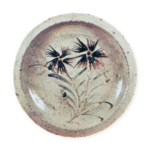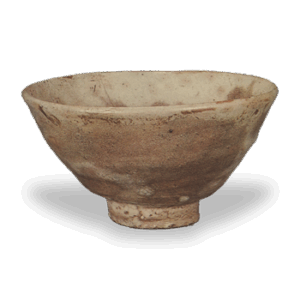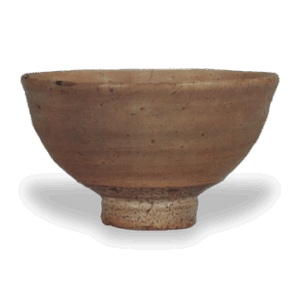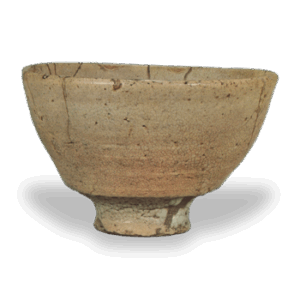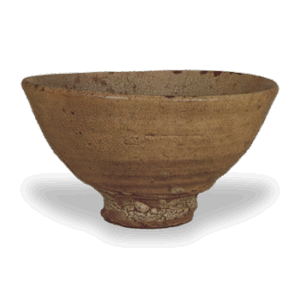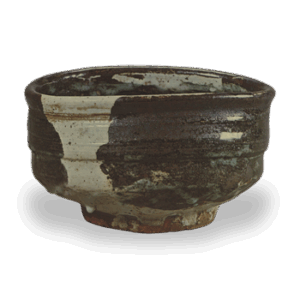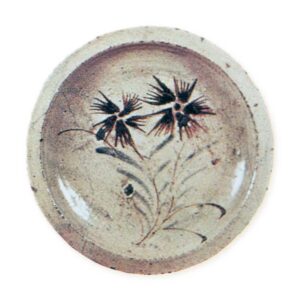
Ishizara (stoneware plates) were used until the modern period as boiled and dyed plates in street teahouses. They were made of pottery or stoneware with some ground color and were roughly painted with light colors of iron sand or gosu (gouzu). Most are from the Owari and Soribuchi Mino provinces (Aichi and Gifu prefectures), and early examples are decorated with copper-green mottled or flying glaze instead of using gosu.
The most common size of dish was about four centimeters in diameter, and later there were three large, three medium, and three small ones. Early examples had a groove on the top of the rim, but later they became flat without a groove. The base was large and low to maintain stability. Grass was often used in early designs to give a fresh look, but later it was replaced by coarse, silly paintings such as those of Otsu-e. The name “Ishi-dara” (stone plate) may have been derived from the fact that the glaze was made by mixing crushed feldspar with earth and ash. Ishi plate was the first of the painted Seto ware and is similar to Yi Dynasty iron sand and painted Karatsu. According to the results of excavation, the earliest known examples are from the Mino Kasahara kiln and are thought to date from the early Keicho period (1596-1655). The stoneware here is stoneware with a lead-colored ground and decorated with iron sand and copper green. However, the original clay of Kasahara was not suitable for this type of ware, and the production of stoneware soon ceased. Later, they were made in large quantities in the kilns of Dora in Seto, but the Dora products were of ceramic quality, with a slightly yellowish base clay and flattened edges decorated with iron sand and gosu (a type of mineral pigment). By the end of the Edo period, the production of stone dishes declined completely, probably due to the unit price of production, and today, stone dishes are produced as nizome plates, which are much cruder than the stone dishes of the past, without pictures or shapes. The simple and simple design of stone plates has a subconscious beauty that came to the attention of the public in the early modern period, thanks to the “shimono shoho” (respect and beauty of inferior goods) movement. Saikaku’s “Seken Munezokuyo” (The Business of the World), published in 1692 (Genroku 5), also mentions Minato-ware stone plates.

